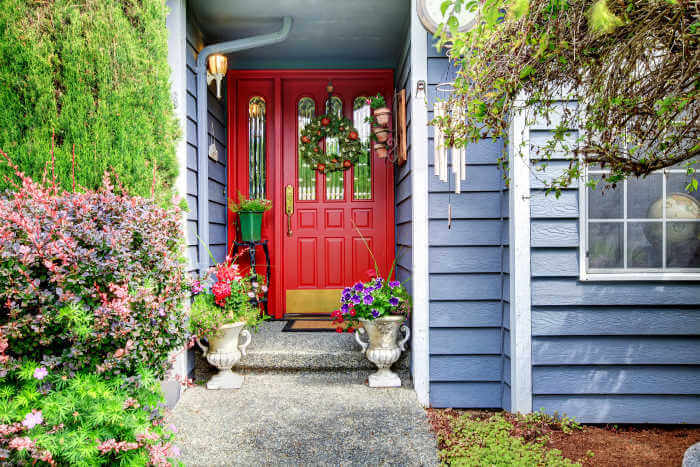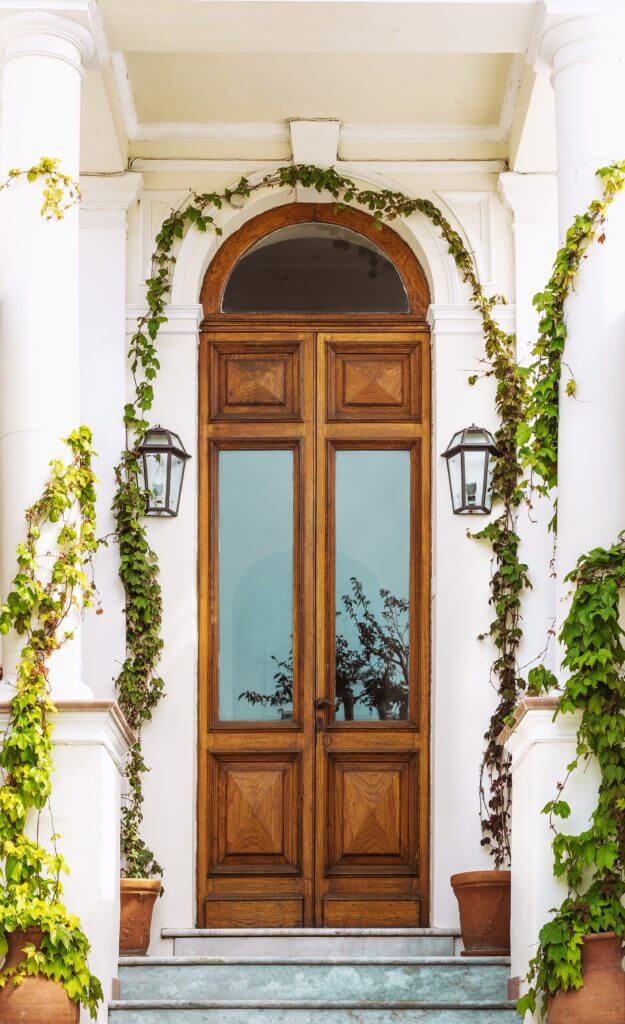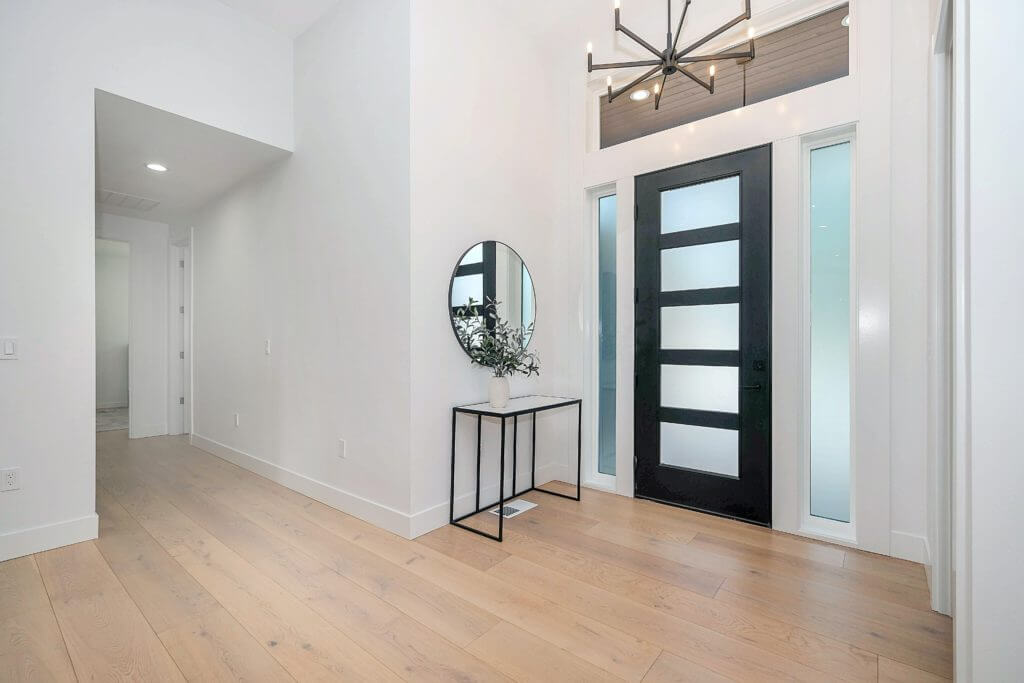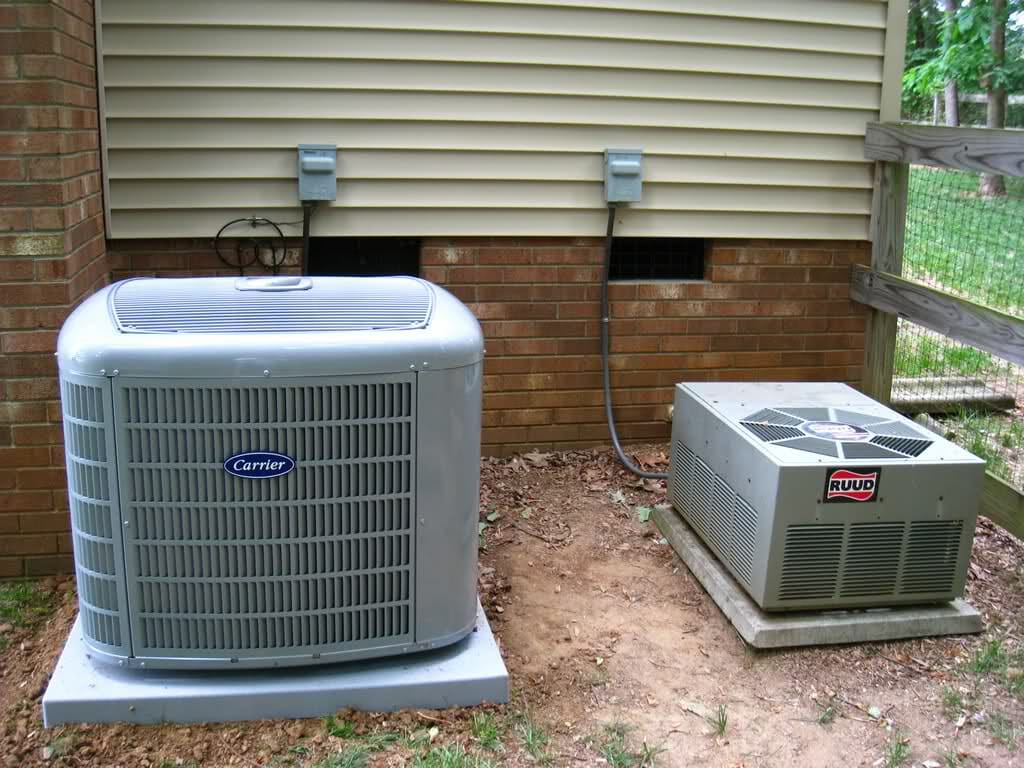Are you doing a door project?
Modernize can pair you with three to four pros in your area, so you can compare options and save time and money.
Your doors play a crucial role in your home’s energy performance, impacting comfort, utility costs, and overall efficiency. An energy-efficient door minimizes heat transfer, maintains a stable indoor temperature, and reduces the load on your heating and cooling systems. With the right choices in materials, design, and maintenance, you can enhance the efficiency of your doors and enjoy long-term savings.
As noted by the U.S. Department of Energy, your home’s exterior doors can contribute to air leakage and energy waste. But there are ways to fix those issues and even potentially earn a rebate for your efforts. Here’s what you need to know.
What Makes a Door Energy Efficient?
Energy-efficient doors are designed to minimize heat transfer between your home’s interior and exterior. This prevents heat loss in the winter and reduces heat gain in the summer, maintaining a consistent indoor temperature. These doors often feature insulating materials, advanced glass technology, and tight seals to enhance thermal performance.

Key Factors Affecting Door Energy Efficiency
- Material Selection: The material of your door significantly influences its insulating properties. Fiberglass and steel doors with insulating cores provide excellent thermal resistance compared to traditional wood doors. Fiberglass doors are particularly durable and energy-efficient, while steel doors offer added strength and security.
- Glazing Features: Doors with glass elements can still be energy-efficient with the right design. Double- or triple-pane glass with low-emissivity (Low-E) coatings reduces heat transfer and enhances insulation. Decorative insulated glass or doors with smaller glass areas can further improve performance while maintaining aesthetic appeal.
- Proper Sealing: Seals and weatherstripping around the door frame prevent air leaks and drafts, essential for energy efficiency. High-quality materials such as silicone or rubber provide long-lasting seals, and regular maintenance ensures they remain effective over time.
- Installation Quality: Even the most energy-efficient door can lose its benefits if not installed correctly. Professional installation ensures a snug fit, proper alignment, and secure fastening, all of which are critical to preventing energy loss.
Types of Energy-Efficient Doors
- Fiberglass Doors: Lightweight yet durable, fiberglass doors resist warping and offer excellent insulation. They are often designed to mimic the look of wood for added aesthetic appeal.
- Steel Doors: Known for their strength and security, steel doors often come with a foam core that boosts insulation. They are a cost-effective and long-lasting option.
- Wood-Clad Doors: These doors combine the beauty of wood with the insulation of a foam-filled core. They offer a balance of aesthetics and performance.
- Glazed Doors: Ideal for natural light lovers, glazed doors with multiple panes and Low-E coatings provide insulation without sacrificing sunlight.

Evaluating Door Energy Performance
When selecting an energy-efficient door, it’s essential to understand performance ratings:
- U-Factor: Measures the rate of heat transfer; lower numbers indicate better insulation.
- Solar Heat Gain Coefficient (SHGC): Indicates how well the door blocks heat from sunlight. Lower SHGC values are ideal for warm climates to reduce cooling needs.
Look for doors certified by the National Fenestration Rating Council (NFRC) and those with the ENERGY STAR® label. These certifications ensure compliance with energy efficiency standards tailored to your region.
Benefits of Energy-Efficient Doors
- Lower Energy Bills: By reducing heat loss and gain, energy-efficient doors lessen the workload on heating and cooling systems, cutting utility costs.
- Improved Comfort: Say goodbye to drafts and inconsistent indoor temperatures. These doors create a stable and comfortable environment year-round.
- Environmental Impact: Using less energy reduces your carbon footprint, making your home eco-friendlier.

Though they can be more of an investment than a plain front door that lacks energy-efficiency, experts argue that an energy-efficient front door will have a better payoff in the long run.
Find the Right Contractor for Your Door Project
Whether you’re ready to begin your project now or need some expert advice, our network of contractors are here to help. With a few simple questions, we’ll find the best local professionals for you
As noted by the Seattle Times, an energy-efficient door can last a lifetime and will better protect a home than the alternatives. And of course, by better preparing your home for energy efficiency now, Modernize notes your energy bill savings down the line will improve.
Like any high-end home improvement, there’s potential for additional perks such as rebates on both a local and federal level.
When planning an energy-efficient door project, we recommend taking the time to investigate programs, such as ENERGY STAR, the U.S. Department of Energy, the Database of State Incentives for Renewables and Energy and Rural Energy for America for information about current programs. Make sure to also call your local city officials and check with a Modernize-recommended contractor to have a full scope of opportunities available to you for your door energy-efficiency project.
Selecting the Right Door
When choosing an energy-efficient door, consider the following:
- Climate Needs: Doors with high insulation values are ideal for cold climates, while reflective coatings and materials benefit homes in warmer areas.
- Material and Style: Select a door material that fits your home’s design while providing the necessary energy efficiency.
- ENERGY STAR Certification: Look for the ENERGY STAR label to ensure the door meets strict energy efficiency standards.
Importance of Proper Installation
Even the most advanced door will fail to perform well if it’s not installed correctly. Ensure the door fits snugly in its frame and that all seals are properly aligned. Professional installation can guarantee optimal performance and minimize air leaks.

Maintenance Tips for Long-Term Efficiency
- Inspect Weatherstripping: Replace worn seals to maintain tight closures.
- Clean Glass Panels: Keep glass doors clean for maximum light efficiency and aesthetic appeal.
- Repaint or Refinish as Needed: Protect wood doors from moisture and wear with regular refinishing.
- Check Hinges and Frames: Ensure all components are secure and functioning properly.
By upgrading to energy-efficient doors and ensuring proper installation and maintenance, you can enhance your home’s energy performance, reduce costs, and enjoy a more comfortable living space. It’s a smart investment that pays off in both savings and sustainability.
Find the Right Contractor for Your Door Project
Whether you’re ready to begin your project now or need some expert advice, our network of contractors are here to help. With a few simple questions, we’ll find the best local professionals for you
Reviews from Real Homeowners
Welcome to Homeowner Resources! We are the Modernize blog. Modernize pairs more than 3 million homeowners a year with pre-vetted contractors in their area. This blog started because we believe homeowners should know everything about their homes, from how their HVAC works to which front door colors they might love. On Homeowner Resources, you can find information on every part of your home, right down to how you can negotiate with contractors to get the best price. Here's more about the blog.
Need a contractor? Learn more about how Modernize finds the right pro for you.




